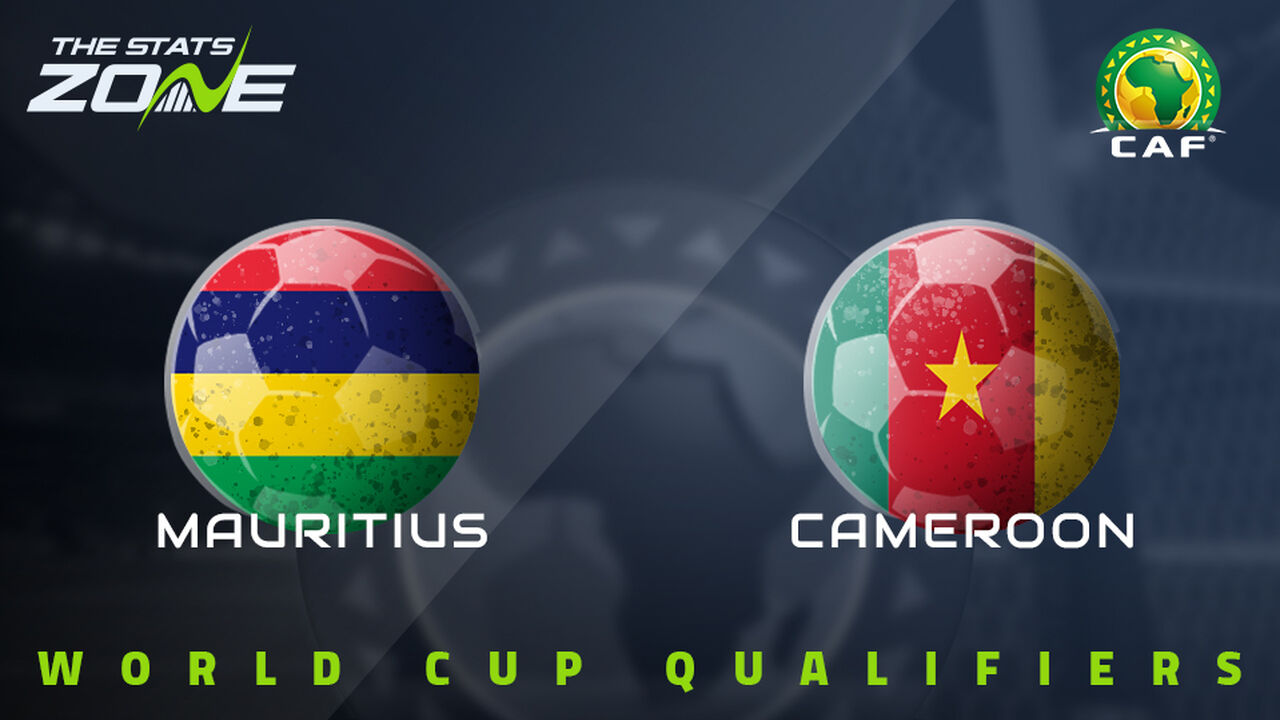Introduction
The comparison between Mauritius and Cameroon sheds light on the diversity within the African continent. While Mauritius is often celebrated for its tropical beauty and economic stability, Cameroon, known as ‘Africa in miniature’, showcases a rich tapestry of cultures, climates, and ecosystems. This contrasts provides insights into how geography, history, and policies shape the lives of people in these two nations.
Geography and Demographics
Mauritius is an island nation situated in the Indian Ocean, known for its stunning beaches and rich underwater life, spanning just 2,040 square kilometers. It has a population of approximately 1.3 million people, majority of whom are of Indian descent, followed by Creole, Chinese, and French communities. In contrast, Cameroon is located on the west coast of Africa and boasts a more extensive land area of about 475,442 square kilometers and a population reaching about 27 million. The country’s diverse tribes and languages reflect its significant cultural variety; over 250 ethnic groups are present, speaking around 280 different languages.
Economy
The economic landscape of Mauritius is characterized by its evolved sectors of tourism, financial services, and information technology. The nation has successfully developed a stable economy over the past few decades and has one of the highest GDP per capita rates in Africa. In 2022, Mauritius’ GDP stood at around $14 billion.
On the other hand, Cameroon, with its vast natural resources, including oil, agriculture, and timber, continues to face economic challenges. Its GDP hovered around $43 billion in 2022. While the agricultural sector is the backbone of the economy, contributing significantly to employment, the country sees slower growth rates compared to Mauritius. Structural issues and political instability remain hurdles to economic progression.
Cultural Aspects
Culturally, Mauritius presents a blend of Indian, African, French, and Chinese influences, which is evident in its food, festivals, and daily life. Festivals like Diwali and Eid are celebrated with fervor alongside local festivities. In contrast, Cameroon’s cultural richness is highlighted through traditional music, dance, and art that vary dramatically from one region to another. The national pride is clear during events like the Ngondo Festival or the annual celebration of their diverse cultural heritage.
Conclusion
In conclusion, while Mauritius and Cameroon differ greatly in terms of geography, economy, and culture, both nations contribute to the vibrant mosaic of African identity. Mauritius, with its stable economy and tourism appeal, contrasts sharply with Cameroon’s rich cultural diversity and resource-based economy. Understanding these differences, along with their similarities, offers valuable insights for policymakers, investors, and travelers alike. As Africa continues to grow in global significance, examining nations like Mauritius and Cameroon could inform better collaboration and development throughout the region.
